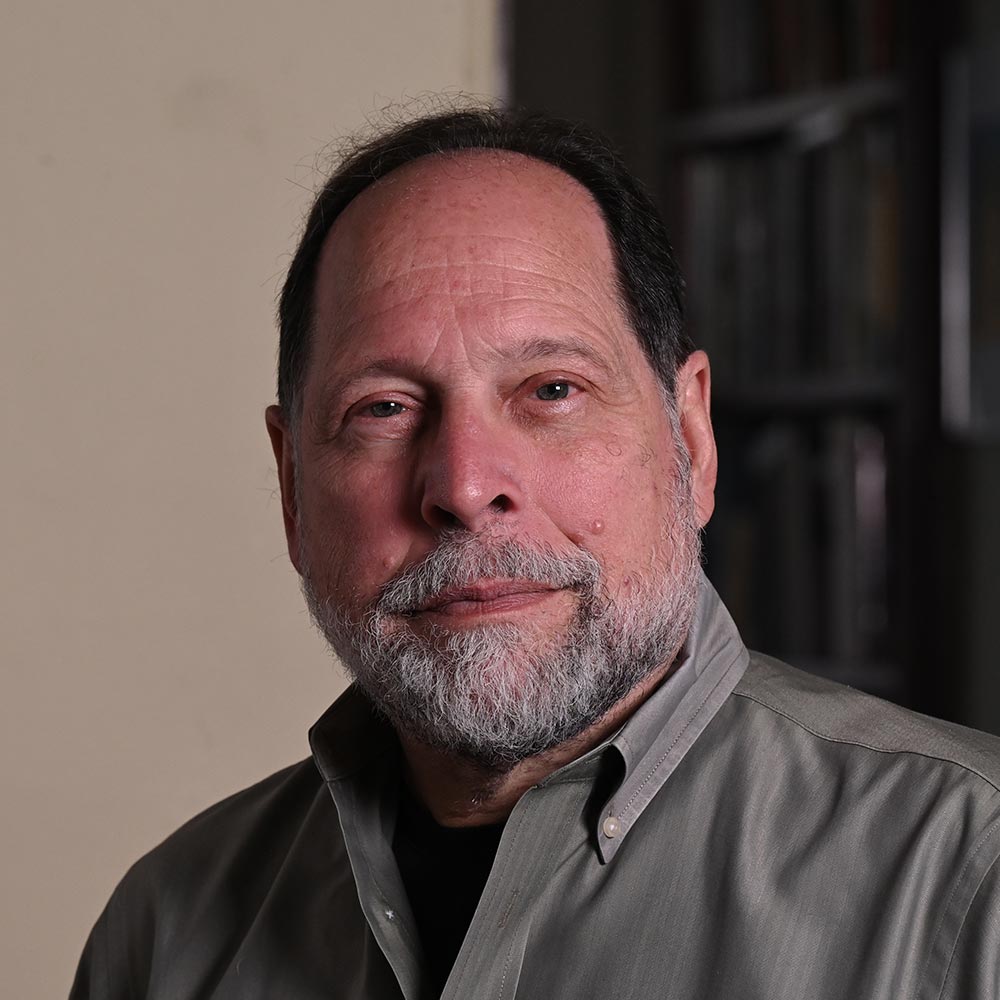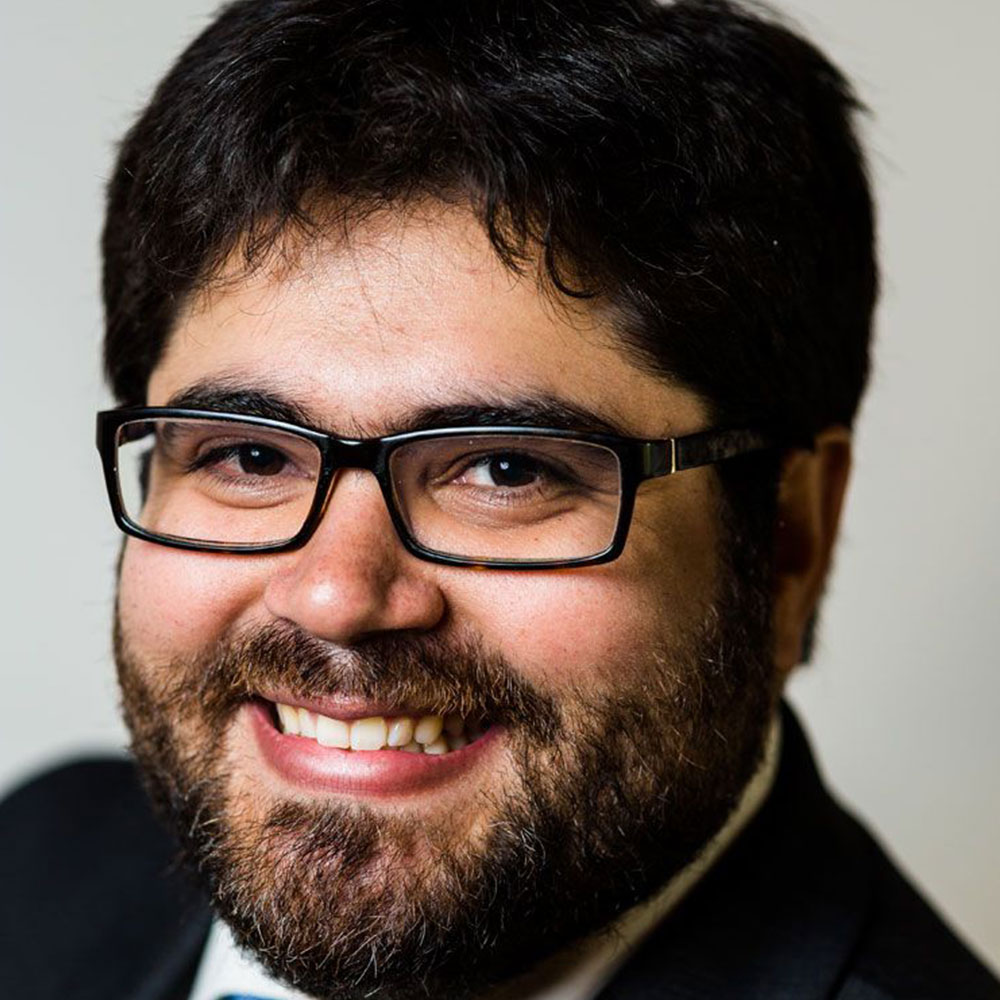
What happens when two world class performers unite in their efforts to carry on the traditions and collaborative spirit of classical music? Cellist Ovidiu Marinescu and pianist Noreen Cassidy-Polera share a shining example on RESURGENCE, a thoughtful exploration into the expressive capabilities of the cello and the piano both as individual entities and a cohesive voice.
PARMA Senior Content Writer Shane Jozitis recently connected with the composers of RESURGENCE to learn more about the inspirations, processes, and realizations behind their works. Read on to learn more about composers Liova Bueno (LB), Ray Fahrner (RF), and their works on the program, to be performed live at Carnegie Hall on September 28, 2024.
RESURGENCE offers reflections on emergence and transformation, the throes of long distance love, the great artists of our past and present, the fusion of several musical influences, and more. Where does your piece fall on the spectrum?
LB: Although Alma Caribeña is, broadly speaking, classical, I have been very influenced by the Latin dance rhythms of Caribbean traditional and popular music in the Dominican Republic. I hope audiences will enjoy this fusion of styles and techniques, and will get their toes tapping!
RF: Becoming, for solo cello, is indeed a reflection on emergence and transformation. The title provides the first clue: the piece is about finding a clear musical expression, about moving from obscurity to clarity, about finding an individual voice. There is another hint about this in the form, which is a reverse theme and variations. The opening motives are gradually disassembled, then re-formed (reformed?) into multiple variations, finally finding a majestic theme! But the work – or play – is not done. The music continues to explore different expressive aspects of the theme, continuing contrasting, mood-swinging variations. Toward the end, there is a cadenza for the cellist, so that he can offer his own insights into the shared journey – yet another transformation.
Which compositional techniques have you employed in your work to explore the expressive capabilities of the cello and the piano, both as individual entities and as a cohesive voice?
LB: In Alma Caribeña, I enjoyed having the instruments take on both foreground and background roles at different times. The lyrical lines of the cello contrast with the percussiveness and driving rhythmic patterns in the piano – and yet, the piano also has its lyrical moments and the cello has its more aggressive lines as well. Both players have to be virtuosic, not only in their technical abilities, but also in their ability to rapidly switch between widely contrasting moods.
Are there particular historical works for cello and or piano that have influenced your compositional style?
RF: My music often explores combining classical and jazz/pop idioms in fresh ways. George Gershwin, Leonard Bernstein, and Charles Ives are major influences. This particular piece was colored by the music of John Coltrane, Ornette Coleman, Witold Lutoslawski, and Luciano Berio. Coltrane taught me to pay attention to the colors of the individual notes. Coleman helped me loosen up, explore a broader range of sound, and play with sound (have fun) to find new expressive possibilities. Lutoslawski, with whom I had master classes in grad school, showed me new ways of organizing harmonies in time – his String Quartet is highly recommended. And Berio’s Sequenzas, which are all for solo instruments, are without peer. I particularly enjoy his great Sequenza V, for a trombonist in a clown suit.
How do you hope audiences will respond to the works on RESURGENCE?
LB: I hope that audiences will appreciate the variety of ways to write for cello and piano that they will hear on RESURGENCE, and that they will be inspired to hear the eclectic new paths that contemporary composers are taking with this instrument combination.
What do you want them to take away after listening to this album?
RF: The bouquet of compositions on this album is a delightful variety of expressive voices, complemented by the beautifully expressive playing of Ovidiu Marinescu and Noreen Cassidy-Polera. As with a good wine, I recommend repeated sampling, to savor the depth of these offerings. Thanks for listening and reading!

Ray Fahrner composes in eclectic styles and conducts all manner of music in Cambridge MA. Fahrner began his composition studies with Robert Wason and Arnold Franchetti at Hartt College of Music, University of Hartford, subsequently studying with Scott Huston and Norman Dinerstein at the College-Conservatory of Music, University of Cincinnati, where he received his doctorate in 1980.

Liova Bueno's music is performed in concerts and music festivals internationally, from Europe, the United States, and across Canada to countries in Central and South America. He has received commissions from and has collaborated with various ensembles, including Cuarteto de Bellas Artes (Mexico), Vox Humana Chamber Choir (Victoria, B.C.), the Victoria Choral Society (Victoria, B.C.), the London Symphony Orchestra (U.K.), the Janáček Philharmonic Orchestra (Czech Republic), BRNO Contemporary Orchestra (Czech Republic), the Illinois Modern Ensemble (Illinois), the Orquesta Sinfónica Nacional Juvenil and members of the Orquesta Sinfonica Nacional (Dominican Republic), and members of the Victoria Symphony.

